Mark Middleton pays tribute to Sir Nicholas Grimshaw, remembering a leader and mentor whose clarity, curiosity and belief in others defined his approach to architecture and practice
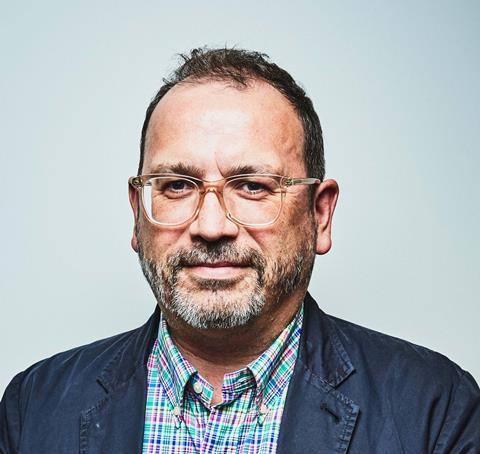
The reflections on Nick’s life since his passing have rightly focused on his extraordinary contribution to architecture and the practice he founded. But he was always more than the sum of his buildings and awards.
As a student, Grimshaw was the practice I most admired and the place I wanted to work. People warn you never to meet your heroes, as reality rarely matches expectation. In my case, having known Nick for nearly 30 years, first as an employee, then as a business partner, but always as a mentor, I can say with honesty that he never disappointed.
Nick had one default setting: calm. I never saw him lose his temper or raise his voice. He did not need to.
Whether discussing design, projects or business, he would quietly, precisely and politely probe until he was satisfied. He could dismantle a half-baked idea with the accuracy of a surgeon and somehow leave you feeling better for it.
Architects often struggle trying to solve everything at once, or worse, focus on the wrong problem. Nick’s genius lay in cutting through the noise and isolating the one issue we truly had to solve.
He believed inventive ideas could come from anyone, especially the youngest in the room. He often said, “You must listen, because they might have a great idea even if they don’t yet know what to do with it.”
But ideas had to earn their keep. He would always ask, “Why is it like that?” The reasoning could be sustainability, social value, site, construction or material logic; it did not matter as long as it made sense.
Nick was an innovator long before sustainability became fashionable
He stripped out the frivolous and insisted on rigour, but never at the expense of invention or joy. His buildings had to work, but they also had to lift the human spirit.
In 2012 we worked closely on the competition for the new terminal at Pulkovo Airport in St Petersburg, Nick’s last major competition. After our final submission, the jury chaired by Lord Foster placed us equal first with SOM: we had the best terminal, they had the best masterplan.
The organisers arranged a final “architectural death match” to decide the winner. Back in London, we sat in Nick’s office to discuss our approach.
Our first design had a multi-curved roof, best described as a mash-up of Southern Cross Station and Frankfurt Messe Halle. We agreed the terminal plan was strong, but the building needed a new idea.
Nick had a familiar way when thinking: he leant back in his Eames chair, elbows resting, fingertips pressed together, eyes narrowed in thought. After a brief silence he leaned forward: “I think the problem here is that we have not dealt with the snow properly. We have romanticised it like Dr Zhivago, but they think it is a nuisance.”
He drew a straight line over our long section, turning rolling roof valleys into a single plateau supported by giant inverted triangles. Snow would not drift on a flat surface, reducing the dead load, and he suggested that the design should focus on its internal expression, not its external appearance.
Whilst happy with the shift in direction, I left the meeting sceptical, wondering if it was too simplistic, a one-liner. But overnight, humility overtook ego. He was right, we had forgotten about Russian snow, and we then leaned into the design to create a winning proposal.
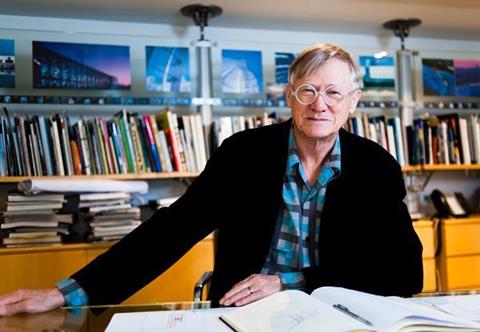
Nick was an innovator long before sustainability became fashionable. His British Pavilion for Expo 1992 in Seville, conceived on his kitchen table in Primrose Hill, was the first modern building I had seen where sustainability informed the expression of the building.
He argued for flexibility and adaptive reuse for decades before it became the norm, ideas realised when we converted his 1976 Herman Miller factory into the Bath School of Art and Design in 2019. He even suggested architects should propose alternative future uses for their new buildings as part of planning submissions to make clients and designers think ahead about reuse, and it is still a great idea to this day.
Nick was also future-focused in business. He was determined that our practice outlive a first generation of pioneers, seamlessly transitioning to a second and now third generation of leaders.
The succession strategy he launched in 2002, renaming the practice simply Grimshaw and creating a partnership model without financial barriers, is widely recognised as one of the most successful transitions in our industry. Because of the steps he set in motion two decades ago, his passing is a profound moment of reflection for the practice, but not a practical crisis.
Part of his handover of the day-to-day running of the business was taking on the presidency of the Royal Academy (2004–11), which legitimised his step back from the practice and gave him another ambitious project. Reforming the RA was never going to be easy; it required political skill, financial discipline and the patience to manage more than a few egos.
His first act was a difficult one for him personally: the removal of an academician who was also a friend, the first time it had happened in 200 years. He joked, perhaps apocryphally, that his first phone call as president was to the Queen, who had to be summoned from a horse ride on the grounds of Balmoral to take his call.
Myself, my fellow partners and everyone at Grimshaw remain grateful for a life well lived
He stood down before his ten-year tenure was up because he began to see issues re-emerging, which was typical of Nick: he got things done, made bold reforms and then stepped aside graciously, saying it was time for someone else to “give it a go.”
He believed in youth. The creation of the Grimshaw Foundation in 2022 is testament to that, but it also applied to the business itself.
Around the millennium, he saw a younger cohort of partners, including myself, delivering projects that he considered embodied the ethos he had established. We wanted to take Grimshaw global.
He recognised our energy and buccaneering spirit but did not want to live out of a suitcase himself, so instead of rejecting the idea he backed and trusted us to deliver. Nick had the humility to accept that with growth he could not be involved in everything.
Instead, he made himself available: if you took the time to engage him, you got his time, ideas and support. He did not want to be a figurehead wheeled out for presentations, but if he had been involved in the project from the start, he was all in.
Those of us who sought him out were rewarded with his time, advice and unwavering support. Today’s global practice, eight studios, 500 people and award-winning projects across three continents, stands as much on his faith in us as it does on the values he instilled.
What made him special? He was calm, inventive, inclusive, insightful, innovative, logical, determined, forward-looking, humble, a risk-taker, and, whilst I cannot share any examples here, mischievously funny.
Myself, my fellow partners and everyone at Grimshaw remain grateful for a life well lived. The values and ethos Nick gave us will continue to shape our work for generations to come, and that is the most fitting legacy of all.
Postscript
Mark Middleton is group managing partner at Grimshaw. He is based in Sydney.


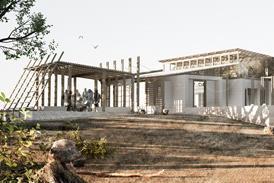
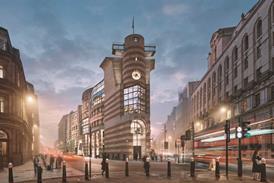
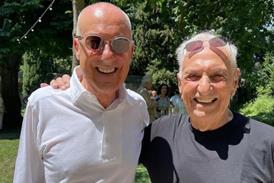











No comments yet